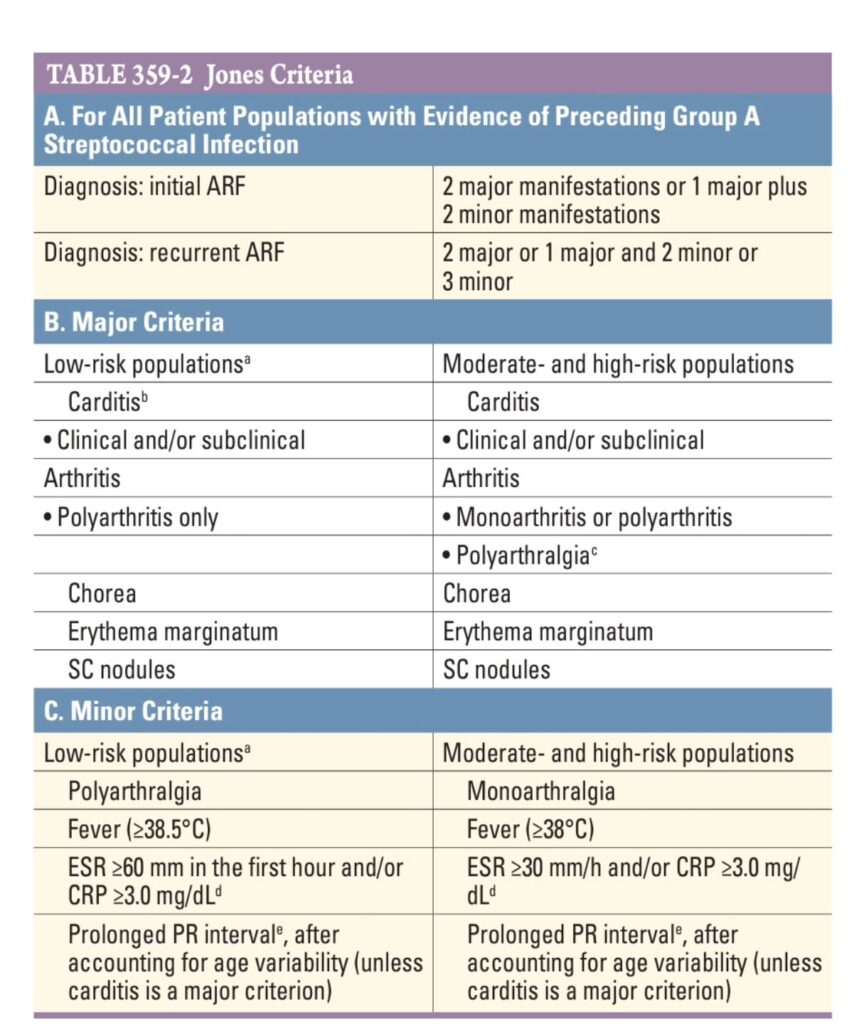
What is Rheumatic Heart Disease?
Rheumatic Heart Disease (RHD) is a chronic heart condition caused by damage to the heart valves due to rheumatic fever — an inflammatory disease that can occur after an untreated or poorly treated streptococcal throat infection (Streptococcus pyogenes or Group A Streptococcus).
RHD most commonly affects children and young adults, ARF is mainly a disease of children age 5–14 years. Initial episodes become less common in older adolescents and young adults and are rare in persons aged >30 years. Especially in low- and middle-income countries like India.
It has been estimated that between 29.7 and 43.1 million people worldwide are affected by RHD, with >300,000 deaths occurring each year. Some 95% of ARF cases and RHD deaths now occur in developing countries, with particularly high rates in sub-Saharan Africa, Pacific nations, Australia, and South and Central Asia.
How Does It Begin?
Step 1: A child gets a sore throat due to Group A Streptococcus.
Step 2: If left untreated, the immune system attacks not just the bacteria, but mistakenly the body’s own tissues — especially the heart, joints, skin, and brain.
Step 3: This autoimmune reaction is rheumatic fever, which can cause permanent scarring of heart valves — resulting in RHD.
What Parts of the Heart Are Affected?
•Mainly the valves — particularly:
•Mitral valve (most common)
•Aortic valve
•Common outcomes:
•Mitral stenosis
•Mitral regurgitation
Later: heart failure, atrial fibrillation, endocarditis, or stroke
Symptoms to Watch For
Although many patients report a prior sore throat, the preceding group A streptococcal infection is commonly subclinical; in these cases, it can only be confirmed using streptococcal antibody testing.
In acute rheumatic fever:
•Fever
•Joint pain and swelling (migratory arthritis) most common feature
•Skin rashes (erythema marginatum)
•Nodules under the skin
•Shortness of breath or chest pain
In chronic RHD:
•Fatigue
•Breathlessness on exertion
•Palpitations
•Swelling of legs (in heart failure)
•Involuntary movements (Sydenham chorea)

Erythema marginatum
Diagnosis
•Throat swab (to confirm Strep infection gram +ve purple color cocci)
•Aschoff bodies and Anitschkow cell will be seen in autopsy of heart.
•ASO titre (antibody test)
•Echocardiography (ECHO) – key to visualize valve damage
•ECG and Chest X-ray: 1st degree AV block in ECG
Jones Criteria – for diagnosing rheumatic fever
•J – migratory polyarthritis
•O – pancarditis
•N – subcutaneous nodules
•E – erythema marginatum
•S – Sydenahum’s chorea

Treatment & Management
Acute Rheumatic Fever:
•Antibiotics: Penicillin(amoxicillin, 50 mg/kg [maximum, 1 g]orally daily for 10 days)
•Anti-inflammatory drugs (aspirin/steroids) for arthritis and pain. Aspirin is a common first-line choice, delivered at a dose of 50–60 mg/kg per day, up to a maximum of 80–100 mg/kg per day (4–8 g/d in adults) in 4–5 divided doses.
Many clinicians prefer to use naproxen at a dose of 10–20 mg/kg per day, because it may be safer than aspirin and has the advantage of twice-daily dosing.
For chronic RHD:
•Long-term penicillin prophylaxis (every 3–4 weeks IM benzathine penicillin)
For adults 12lac unit, for children 6lac unit.
•Management of complications (e.g., heart failure, arrhythmias)
•Valve surgery (if severely damaged)
Prevention is Better than Cure
• Primary Prevention:
Treat sore throats early with 10-day full course of penicillin.
• Secondary Prevention:
Monthly penicillin injections for years in those with past rheumatic fever to prevent recurrence.
3 weekly for 5 year or till 18 years of age
• Tertiary Prevention:
Manage heart complications and follow-up to avoid deterioration.
RHD in India
•India has among the highest RHD burden globally.
•Mostly seen in rural, low-income communities with limited access to healthcare.
•Girls are often diagnosed later, worsening outcomes.
Rheumatic Heart Disease is a completely preventable disease with timely treatment of sore throat and regular follow-up care. Awareness, school health programs, and community education can reduce the burden of this silent killer.
Let’s spread the word and save young hearts from preventable pain.

